Hydraulic transmission drives are widely regarded for their energy efficiency, In heavy-duty and industrial machinery. These systems stand out due to their ability to deliver high power output while minimizing energy loss, offering multiple advantages over traditional mechanical transmission systems.
One of the primary reasons hydraulic transmission drives are so energy-efficient is their high power density. Power density refers to the amount of power a system can deliver in relation to its size or weight. Hydraulic systems are inherently more compact than mechanical systems, meaning they can transmit a significant amount of power with much smaller, lighter components. This compactness not only reduces the overall weight of machinery but also leads to less energy loss during transmission. With fewer parts to carry the power from one component to another, energy is used more effectively, allowing machinery to operate with greater efficiency.
Hydraulic systems provide precise control of power. This precision is crucial in industrial machinery, where the load and speed requirements can vary greatly. Hydraulic transmission drives can adjust their power output almost instantaneously, allowing the machine to operate at optimal levels without over-consuming energy. For example, in an excavator, the hydraulic system can adapt its output to match the specific task, whether it's lifting, digging, or moving material. This fine-tuned control prevents excess energy consumption and ensures that power is only used when and where it's needed. By contrast, mechanical systems often require additional components such as gears, belts, or pulleys to manage varying loads, which can be less efficient.
Another significant advantage is the reduced energy losses seen with hydraulic systems. Unlike mechanical drives, which rely on physical contact between gears, belts, and other moving parts, hydraulic systems use fluid to transmit power, which minimizes the friction between components. In mechanical systems, friction leads to energy losses in the form of heat, reducing overall efficiency. Hydraulic transmission drives, have fewer parts in direct contact, and the fluid acts as a medium that can reduce friction and energy loss, making the system much more efficient over time. This is especially important in heavy machinery, where even small reductions in energy loss can result in considerable cost savings.
Hydraulic systems also excel at providing variable speed performance without the need for additional, energy-draining components. Many hydraulic drives can adjust their speed without requiring complex adjustments to the motor or external control systems. This means that machines can operate at different speeds, tailored to the requirements of the task at hand, while consuming only the energy necessary for the current operation. This flexibility is particularly beneficial in industries that rely on machinery for tasks that involve varying loads or speeds, such as construction, mining, and manufacturing. For example, a hydraulic crane can lift heavy loads slowly for precision but increase its speed when moving lighter objects, optimizing the use of energy throughout the operation.
Another key benefit of hydraulic transmission drives is their energy recovery capabilities. Certain hydraulic systems can capture and reuse energy that would otherwise be wasted. This is especially true in applications that involve frequent stopping and starting or where deceleration occurs often, such as in cranes or excavators. These systems can incorporate regenerative braking technology, where the energy generated during braking is converted back into the system and stored for later use. This recovery process reduces the need to draw additional energy from external sources, resulting in substantial energy savings over time. For industries that use equipment in cyclical operations, this can lead to a significant reduction in overall energy consumption.

 ENG
ENG
 English
English русский
русский Español
Español
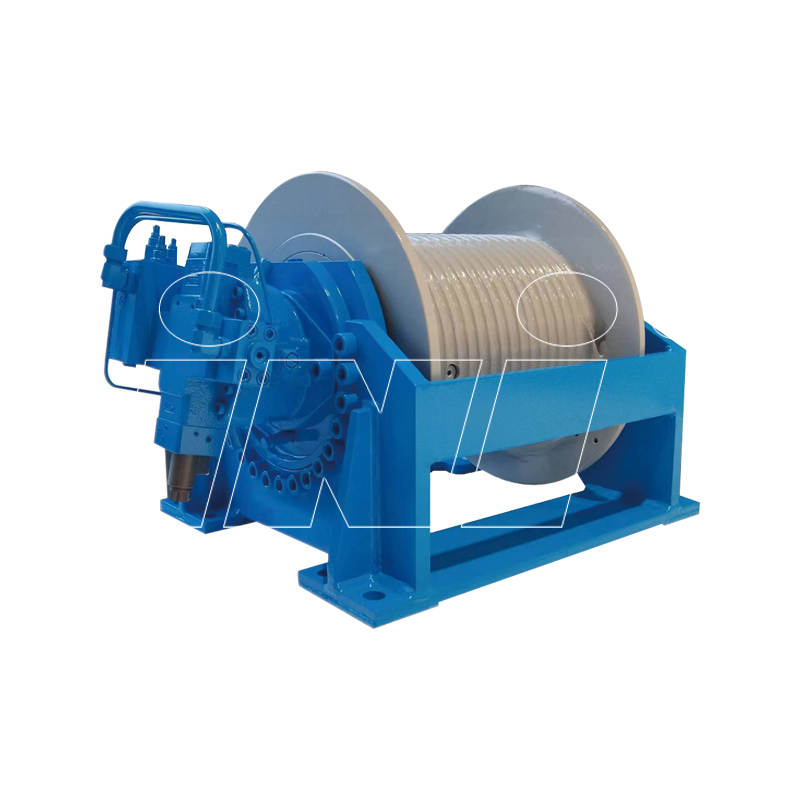
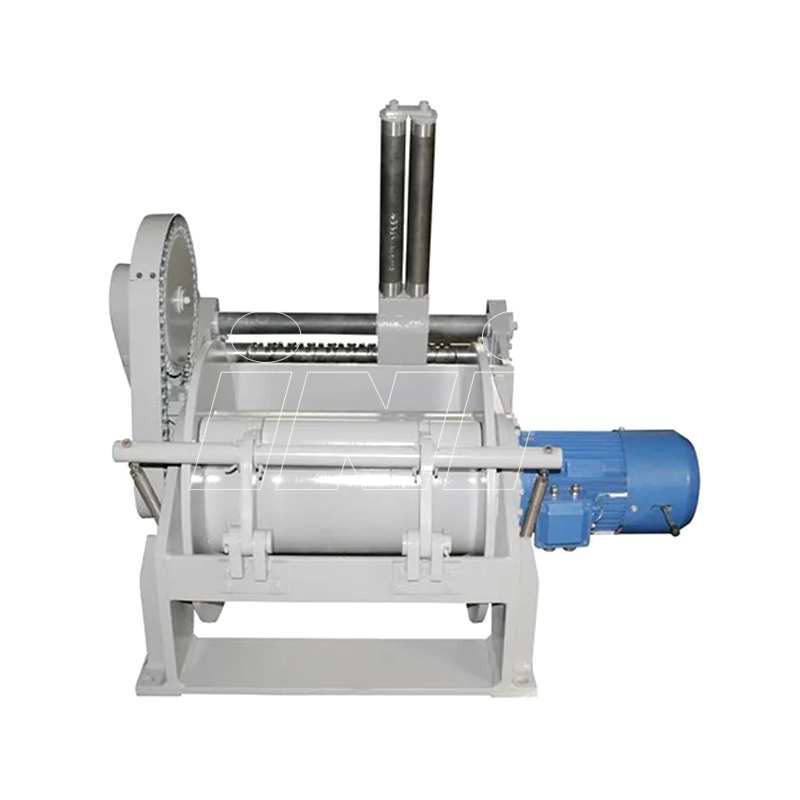


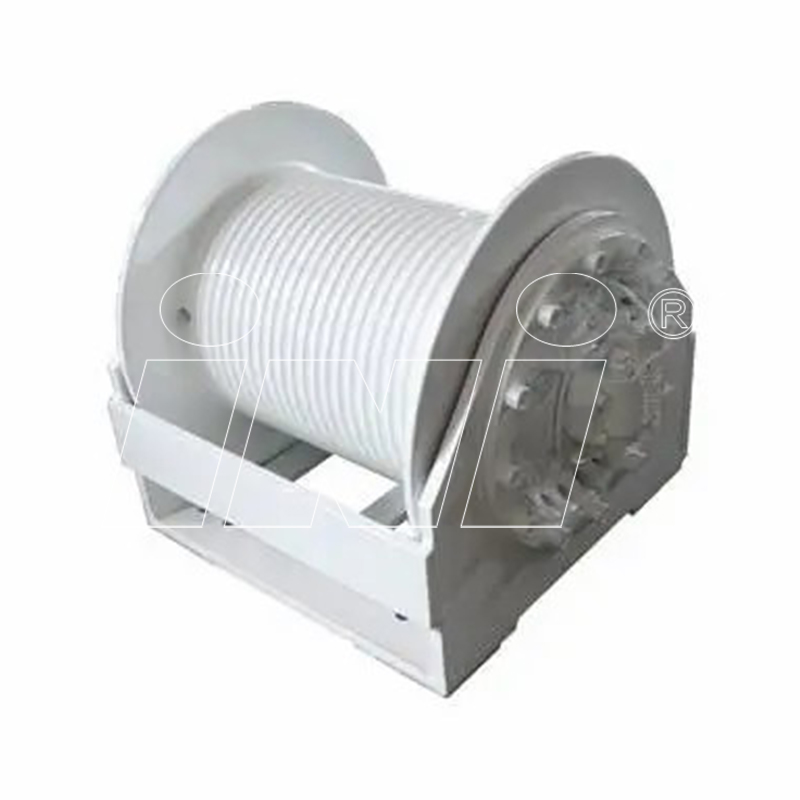
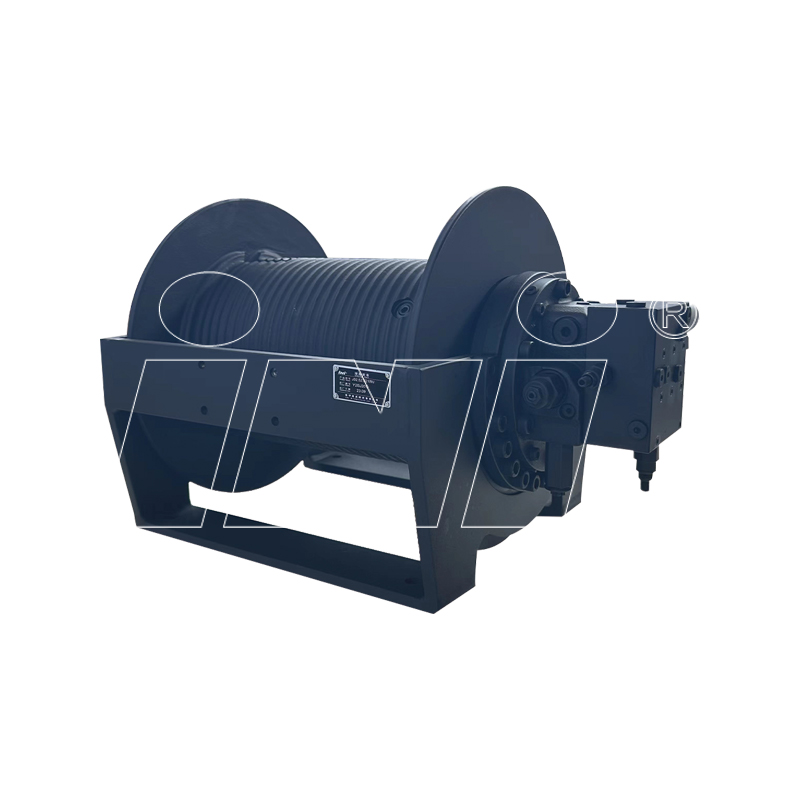
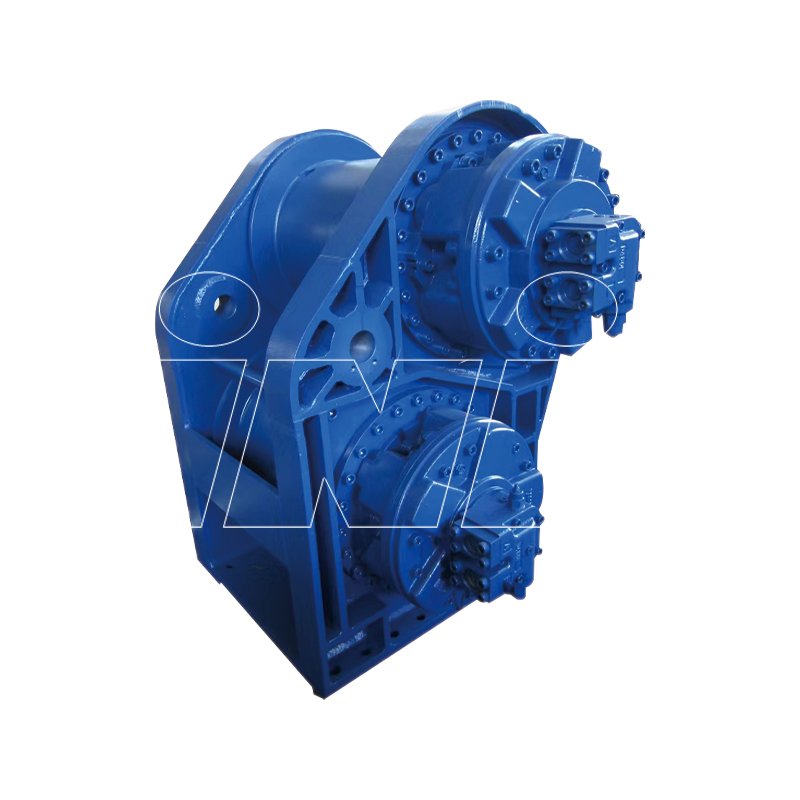

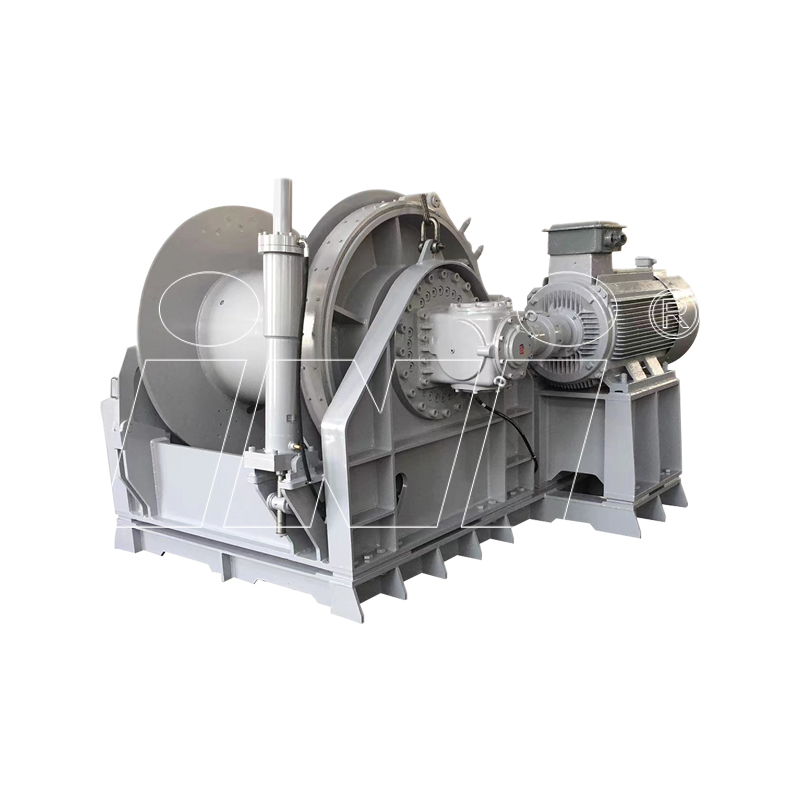

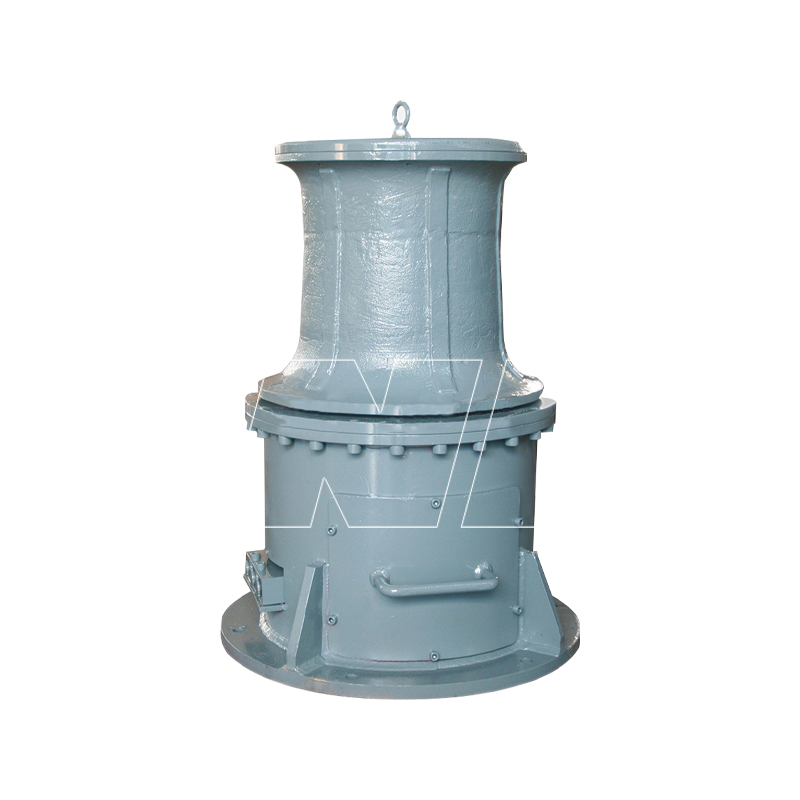
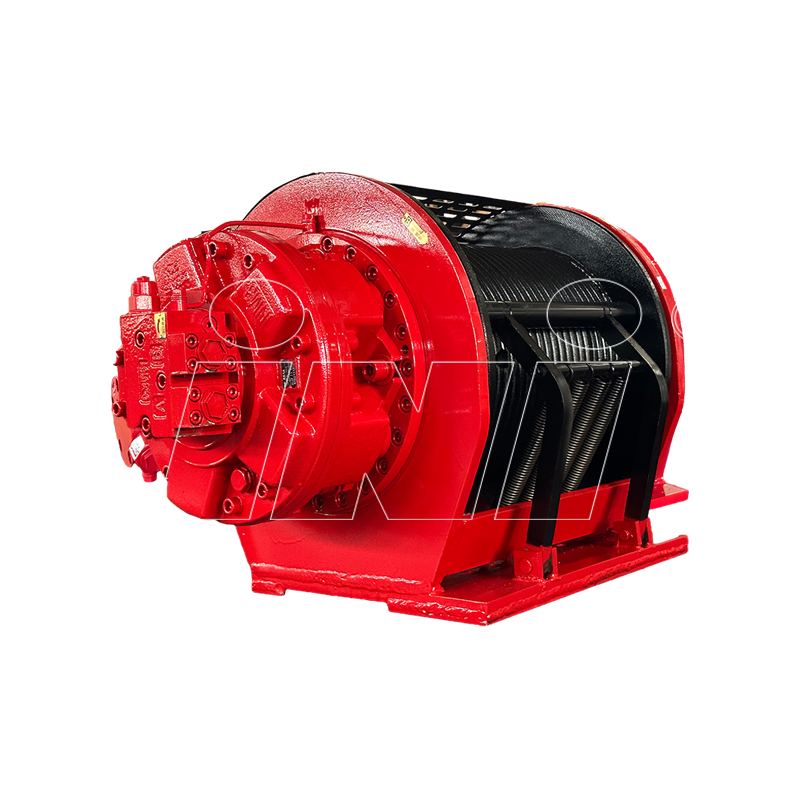
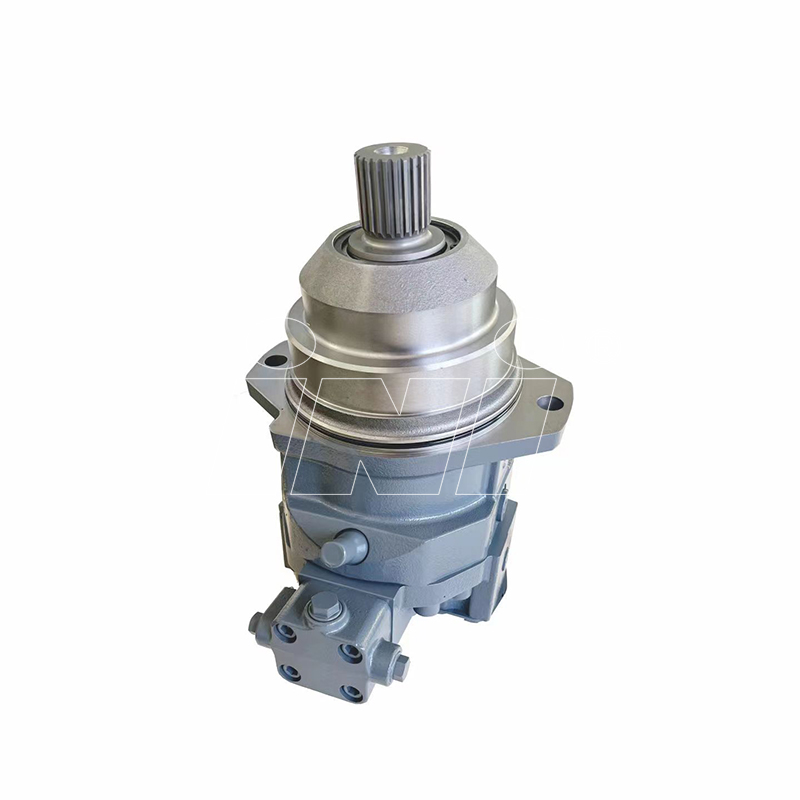
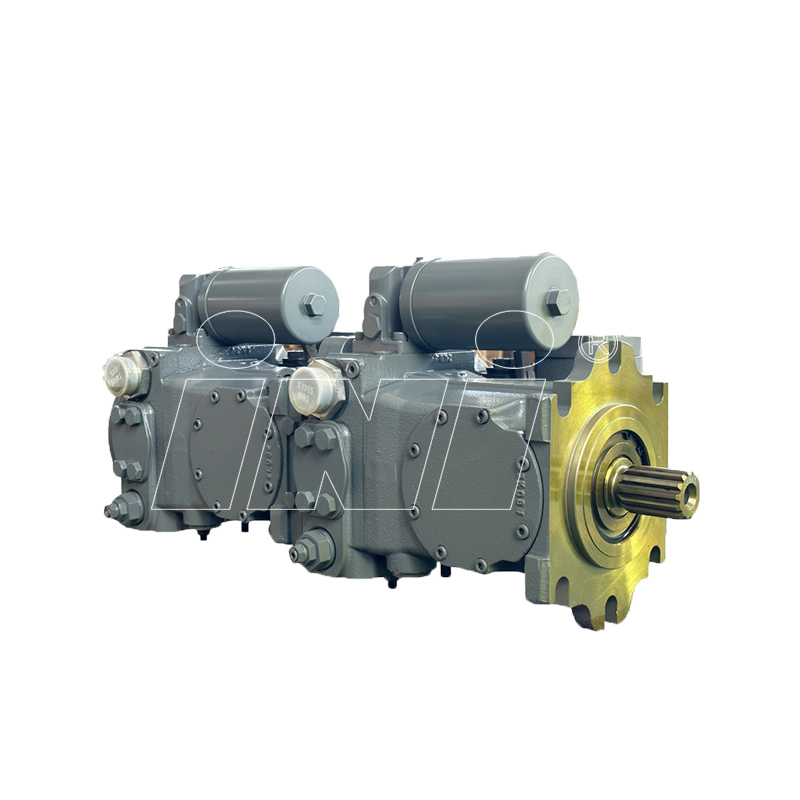
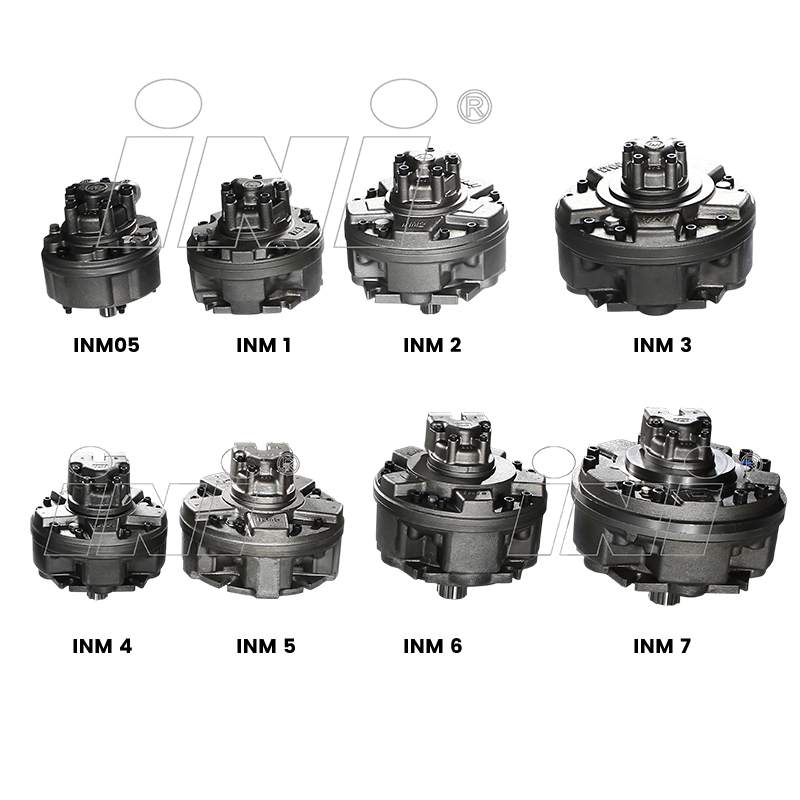

 English
English русский
русский Español
Español
 TOP
TOP